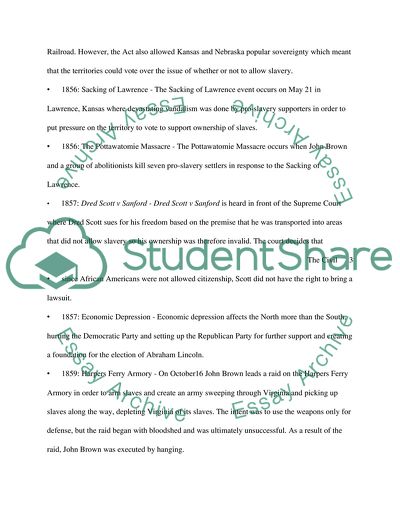Cite this document
(The Problems of Slavery in America Term Paper Example | Topics and Well Written Essays - 1750 words, n.d.)
The Problems of Slavery in America Term Paper Example | Topics and Well Written Essays - 1750 words. Retrieved from https://studentshare.org/history/1566109-historical-timeline-and-essay
The Problems of Slavery in America Term Paper Example | Topics and Well Written Essays - 1750 words. Retrieved from https://studentshare.org/history/1566109-historical-timeline-and-essay
(The Problems of Slavery in America Term Paper Example | Topics and Well Written Essays - 1750 Words)
The Problems of Slavery in America Term Paper Example | Topics and Well Written Essays - 1750 Words. https://studentshare.org/history/1566109-historical-timeline-and-essay.
The Problems of Slavery in America Term Paper Example | Topics and Well Written Essays - 1750 Words. https://studentshare.org/history/1566109-historical-timeline-and-essay.
“The Problems of Slavery in America Term Paper Example | Topics and Well Written Essays - 1750 Words”, n.d. https://studentshare.org/history/1566109-historical-timeline-and-essay.


